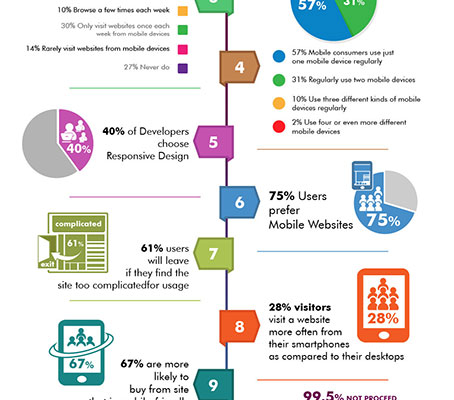The Advancement Of Web Design: Then And Now
The Advancement Of Web Design: Then And Now
Blog Article
Material Develop By-Johnsen Lunde
In the past, web sites were basic and focused on info. Navigating was direct, and design was for desktop computers. Now, individual experience is vital. Information overviews designs for very easy navigating. Responsive formats suit various gadgets. Today, dark mode minimizes pressure, and minimal menus improve navigating. Interactive attributes engage customers, and vibrant visuals attract attention. AI combination boosts involvement. See exactly how style has developed to boost your on-line journey.
Early Days of Website Design
In the early days of website design, simplicity reigned supreme. Sites were fundamental, with limited shades, font styles, and designs. The emphasis was on giving details as opposed to flashy visuals. Individuals accessed the internet with slow-moving dial-up connections, so speed and performance were crucial.
Navigating food selections were straightforward, normally located on top or side of the page. Internet sites were developed for desktop, as mobile surfing wasn't yet prevalent. Material was king, and designers prioritized very easy readability over intricate style elements.
HTML was the key coding language used, and developers had to function within its restraints. Computer animations and interactive features were minimal contrasted to today's requirements. Internet sites were fixed, with little vibrant web content or individualized user experiences.
Rise of User-Focused Layout
With the evolution of web site style, a shift towards user-focused design concepts has actually become significantly popular. Today, producing internet sites that focus on individual experience is crucial for engaging site visitors and achieving company objectives. User-focused design involves understanding the needs, choices, and actions of your target market to customize the internet site's format, material, and features appropriately.
Designers currently carry out detailed research, such as customer studies and usability testing, to gather understandings and feedback directly from users. This data-driven method helps in creating intuitive navigation, clear calls-to-action, and aesthetically enticing user interfaces that resonate with site visitors. By placing the individual at the facility of the design procedure, sites can supply a more personalized and pleasurable experience.
Receptive layout has actually likewise emerged as a crucial aspect of user-focused layout, guaranteeing that sites are maximized for various devices and screen sizes. This flexibility improves ease of access and use, satisfying the varied means users interact with internet sites today. In essence, the rise of user-focused style indicates a change towards producing electronic experiences that focus on the requirements and expectations of the end individual.
Modern Trends in Website Design
Discover the current trends forming web design today. One famous fad is dark mode layout, supplying a sleek and modern appearance while lowering eye strain in low-light environments. Another crucial fad is minimalist navigation, simplifying food selections and improving individual experience by concentrating on essential elements. Including micro-interactions, such as animated switches or scrolling results, can produce an extra appealing and interactive site. Receptive style remains important, ensuring seamless customer experiences across different gadgets. Furthermore, using bold typography and unbalanced formats can add aesthetic rate of interest and draw attention to particular content.
Incorporating AI technology, like chatbots for customer assistance or customized suggestions, enhances individual interaction and improves procedures. Availability has likewise end up being a substantial pattern, with developers focusing on inclusive style techniques to cater to diverse user requirements. Welcoming https://www.fiercepharma.com/marketing/johnson-johnson-refreshes-positively-fearless-hiv-campaign-new-digital-presence-and-lgbtq by optimizing site efficiency for speed and performance is one more arising fad in website design. Teaming up with customer responses and information analytics to iterate and boost style constantly is essential for remaining appropriate in the ever-evolving digital landscape. By accepting these modern-day patterns, you can create an aesthetically attractive, easy to use internet site that reverberates with your target market.
Verdict
As you assess the development of internet site layout from the very early days to now, you can see just how user-focused style has actually ended up being the driving pressure behind modern fads.
Accept the journey of adjustment and adaptation in web design, always maintaining the customer experience at the center.
Keep present with the most recent fads and technologies, and never quit evolving your strategy to produce visually sensational and easy to use sites.
Develop, adjust, and create - the future of website design is in your hands.
